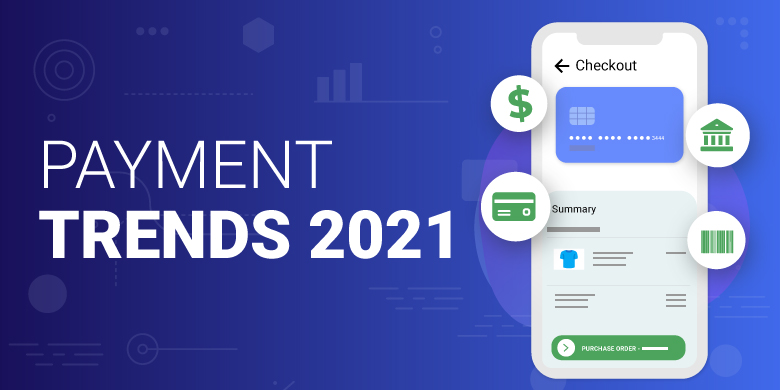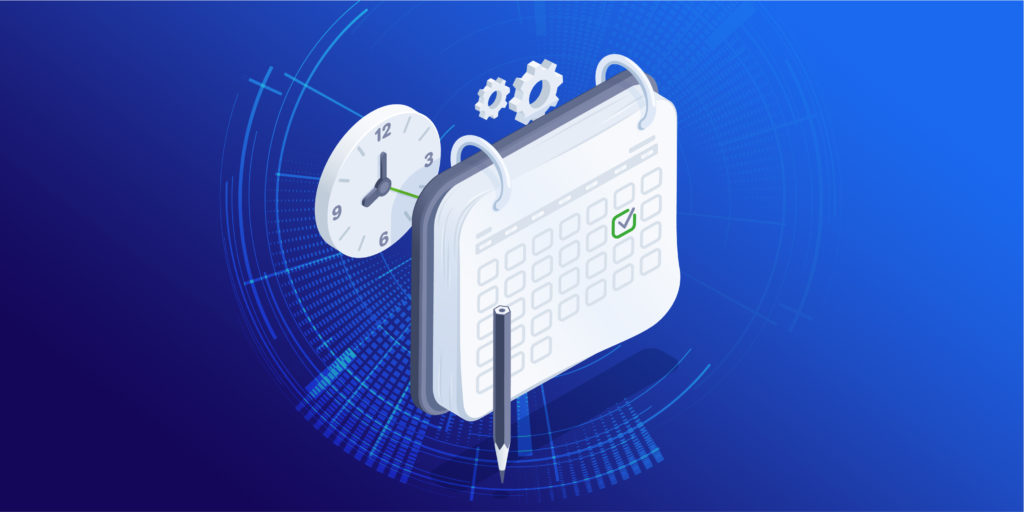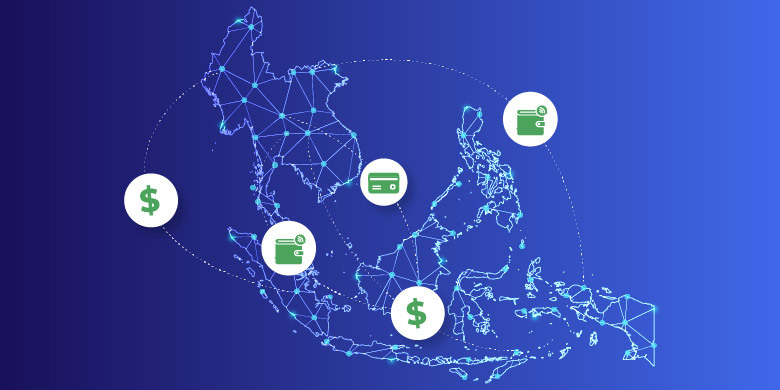Three payment trends in emerging markets to follow in 2021

Michel Golffed, VP of Growth at dLocal, shares his thoughts on what the eCommerce industry should be expecting from 2021, outlining three trends on real-time payments, cash payments, and fraud in emerging markets.
As we take a deep breath to start an ambitious new year, it’s a perfect time to make observations of what we’ve seen in 2020 and talk about what trends we predict for 2021.
What stands out the most about this last year is no secret: The pandemic dramatically accelerated online shopping adoption and forged new payment behaviors throughout eCommerce worldwide. As consumers have quarantined and obeyed mandatory lockdowns, we’ve seen a plethora of payment alternative options pop up, and some have been especially creative. In the Dominican Republic, for instance, the government converted the Dominican identity card into a payment credential to distribute the government’s Quédate en casa (“Stay at home”) subsidy. Visa reported that 13 million cardholders in Latin America and the Caribbean made their first-ever online purchases in the quarter ending in March.
Some changes relieved a critical situation but then vanished soon after. Other trends presented new ways of doing things and were so innovative we’re sure they’ll stick around even after the pandemic recedes. Here are our takes on what to expect in the emerging-market payments industry for 2021, and I’ll also sprinkle in what some of our partners predict.
1. Real-time payments, mobile money, and wallets will grow
Real-time payments are now a reality. India’s instant payment system, UPI, recently passed the 2-billion-per-month transactions mark. Brazilian’s first-ever instant payment system Pix, launched in November, has confirmed 92.5 million transactions, totaling $83.4 billion in volume in its first month.
Mobile wallets are one of the fastest-growing payment methods, and we don’t see that growth slowing down anytime soon. In fact, half the world’s population will be using digital wallets by 2024, according to a Juniper Research study.
We expect to see a number of companies follow the lead of MercadoLibre, Latam’s leading marketplace, which created the eWallet MercadoPago, and spin-off their own brand-specific wallet payment methods. New players like the Argentinian eWallet ualá and the Brazilian neobank NuBank have seen expansive growth over the last months.
Other alternative payment methods also have been growing assuring instant payments. One region to keep an eye on is Africa, which experienced exponential mobile-money growth. To give just one example, Nigeria’s mobile-wallet payments grew by 391% between May 2019 and May 2020. In 2019 alone, 50 million new mobile money accounts have been confirmed in Sub-Saharan Africa. And although the pandemic has dropped M-PESA’s revenue by 4,8% YoY, Africa’s largest mobile money platform transaction value still grew by 32.9% YoY in 2020.
2. Cash remains crucial
Even as the pandemic has forced merchants to augment their payment options, cash remains king. And nowhere is this more true than in emerging markets. The main driving motivations appear to be the fact that it’s simply a familiar custom — many unbanked consumers are used to paying in cash — as well as a fear of fraud.
In Mexico, the cash-based OXXO voucher was the third most used payment method in the country, just behind credit and debit cards. And many emerging market consumers don’t plan to leave cash-based payment methods behind, even if the pandemic continues. In a recent survey, Mexican consumers said they’re not likely to switch from OXXO to other payment methods. And in Brazil, 89% of consumers who buy from international websites said they’re not changing their usual payment method because of the coronavirus.
Cash-based payment methods won’t vanish, but they certainly evolve. Boleto Bancario, Brazil’s number one for cash payment for instance, can be paid using online banking and enjoys great acceptance.
3. Fraud management for alternative payment methods
The pandemic not only accelerated eCommerce growth, but it also gave fraudsters a giant push to develop new ways to commit cybercrimes. In the first quarter of 2020 alone, cybercriminals had ramped-up social engineering attacks by over 667%.
Now that credit cards are more secure than they’ve ever been, cybercriminals have set their sights on increasingly popular alternative payment methods (APMs). Today, that includes eWallets, mobile payments, prepaid cards, vouchers, bank debits or cryptocurrencies amongst others. One of the most common themes among all APMs is that they are growing very quickly, driven by a surge in both consumer demand and merchant acceptance. And cybercriminals have set their sights on these increasingly popular alternative payment methods. It’s because of this growth that banks, merchants and acquirers should pay attention to the ever-evolving market of alternative payments. We have seen that different markets and regions have their own, unique fraud patterns, so it can be a Whack-a-mole-type effort to safeguard merchant and customer data.
At dLocal, we are constantly exploring ways to protect our partners and clients from fraud and provide helpful information to merchants on how to keep their and their customers’ information safe. We understand they need to detect fraudulent transactions while, at the same time, avoid false positives. Our dLocal Defense technology is designed for this purpose: It prevents fraud while minimizing the impact on legitimate transactions.
The bottom line
From ever-lasting payment methods to new ones rising, from cash to bitcoins, from payment patterns to local fraud schemes, we are on the pulse of payment trends in emerging markets.









